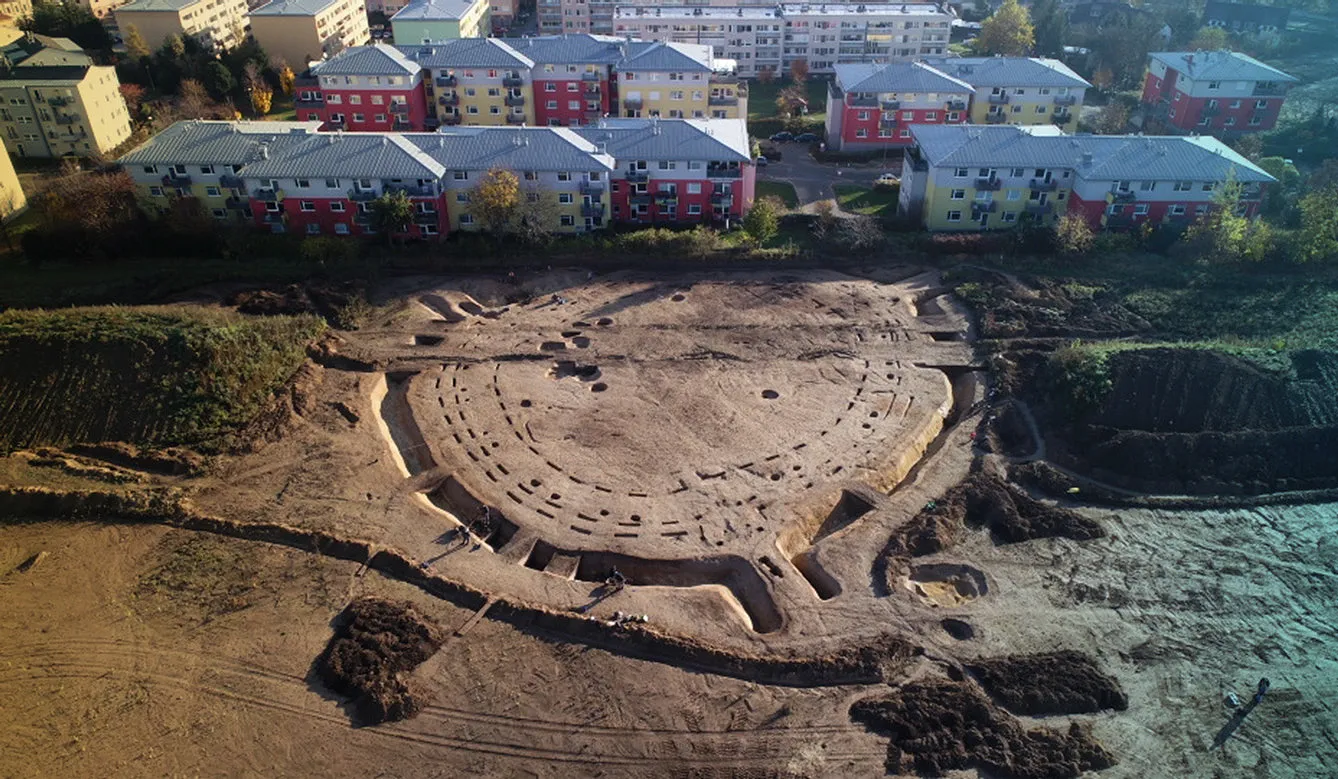And how can you describe this archeological feast other than calling it the prehistory in front of your eyes? That’s precisely what got uncovered in the Vinoř District.
Old discovery, new work
Since July 2022, archaeologists have been walking through the trenches at the bottom of which lie pieces of history. They are uncovering what is known as a roundel – a unique structure from the Stone Age.
The funny thing, though, is that it was all discovered back in the 1980s. But the communists had little interest in doing anything about this unique discovery. That’s why it remained preserved, and only recently, proper excavations began.
Czech archaeologists and scientists discovered that the monument is over 7,000 years old. This means it is 1500 years older than the English Stonehenge, which is strikingly similar!
However, the entire construction was somewhat forgotten, even by the building authority. This is evidenced by the fact that part of the roundabout was lost to residential development as brand new houses were built only a few meters from the center of the roundel.
What are rondels, anyway?
Rondels, also known as Neolithic circular enclosures, were built all over Europe. Around 200 of them are located on the Old Continent, ranging in size from 30 to 220 meters. Their primary purpose remains unclear to this day. Many believe they were purely religious structures, and thus their symbolism was more spiritual than physical.
Others claim that the rondels served as prehistoric lunar-solar calendars and clocks. The two special entrances were, in fact, always positioned so that the first and last rays of the sun fell into them. However, the fact that some rondels had more than two entrances (some had three, others four, and occasionally up to five entrances) seems not to correspond with this theory.
But what about the Prague roundel? Was it also just a calendar? Or did it serve other purposes? Even the Czech scientists themselves don’t know yet. As one of them said: “Could it have performed religious functions, or was it perhaps the daily meeting place of our ancient ancestors? Who built this circular structure and why? We don’t know yet.”
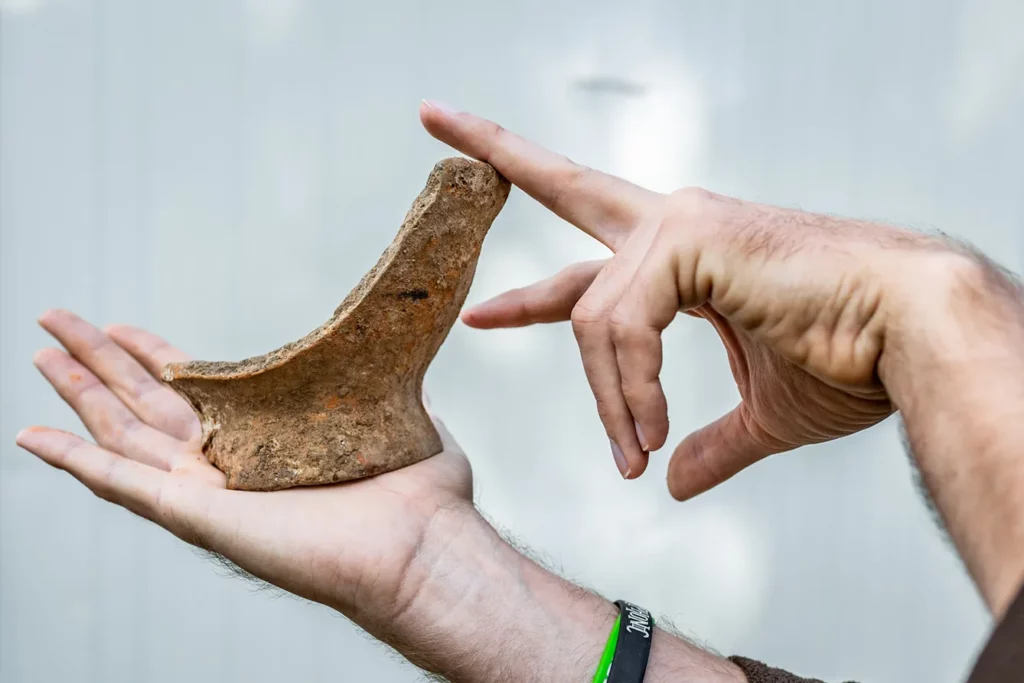
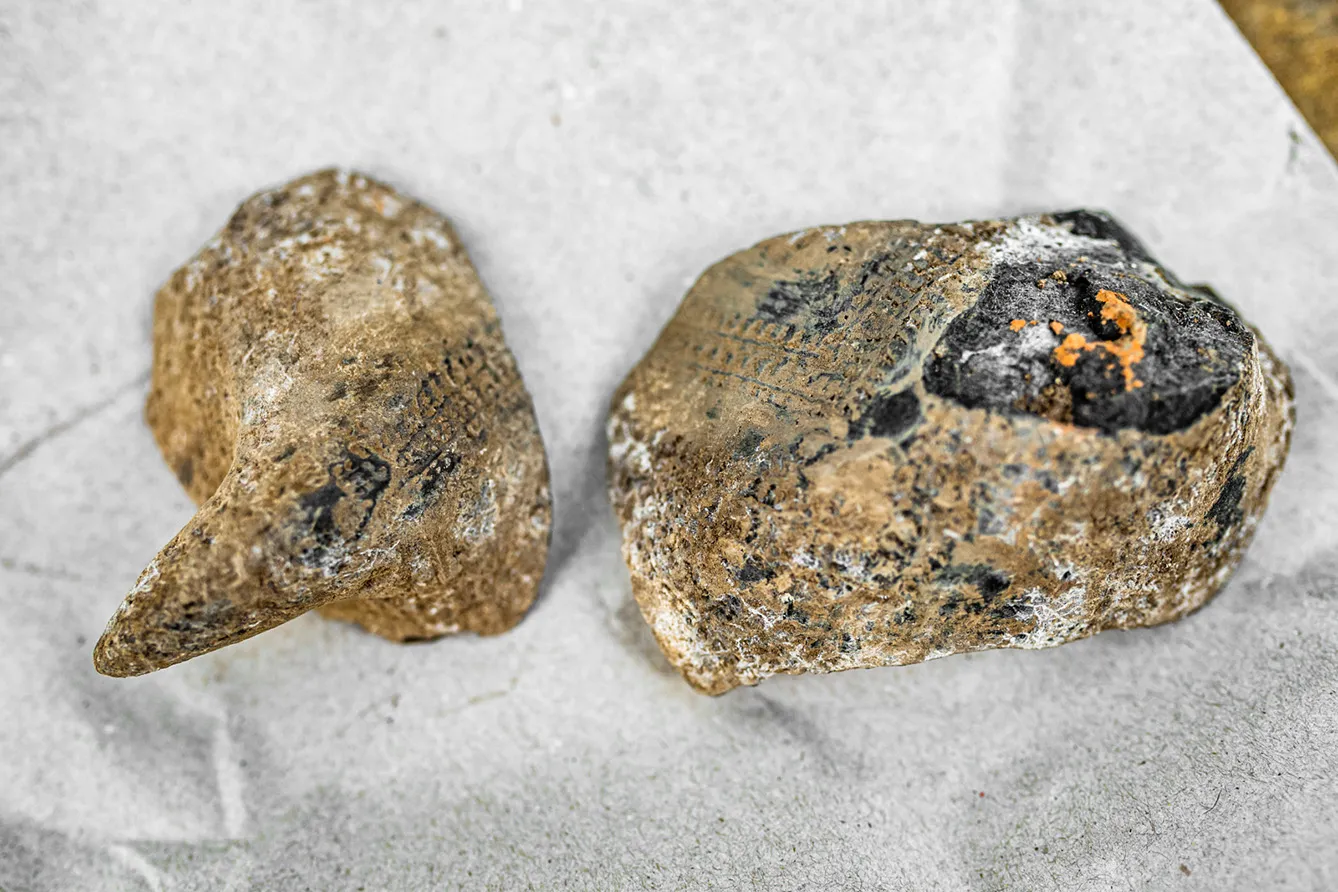
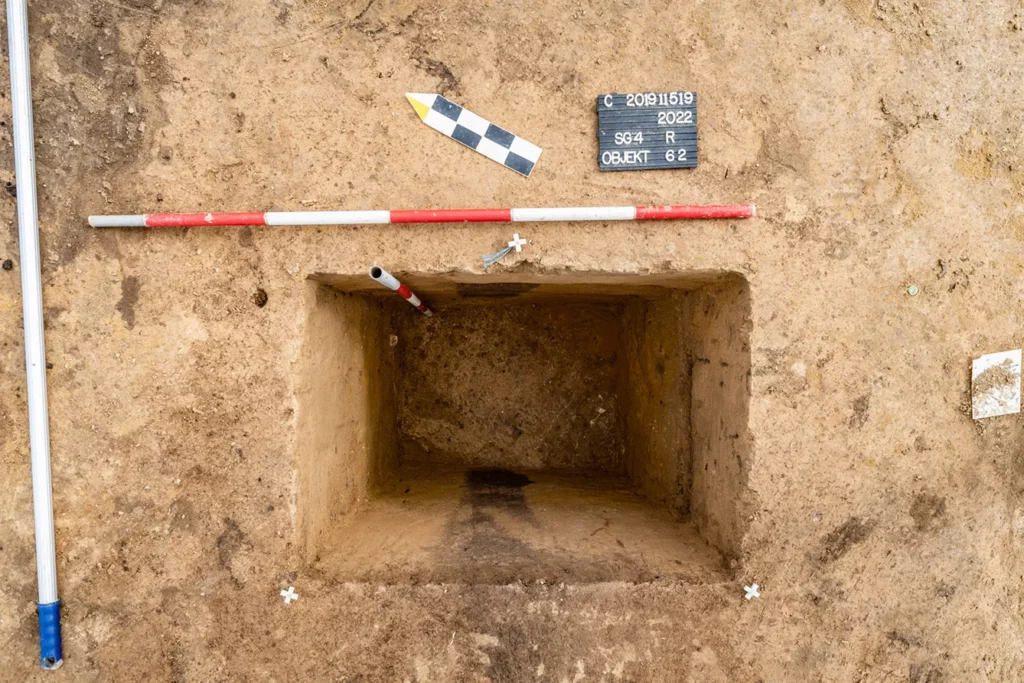
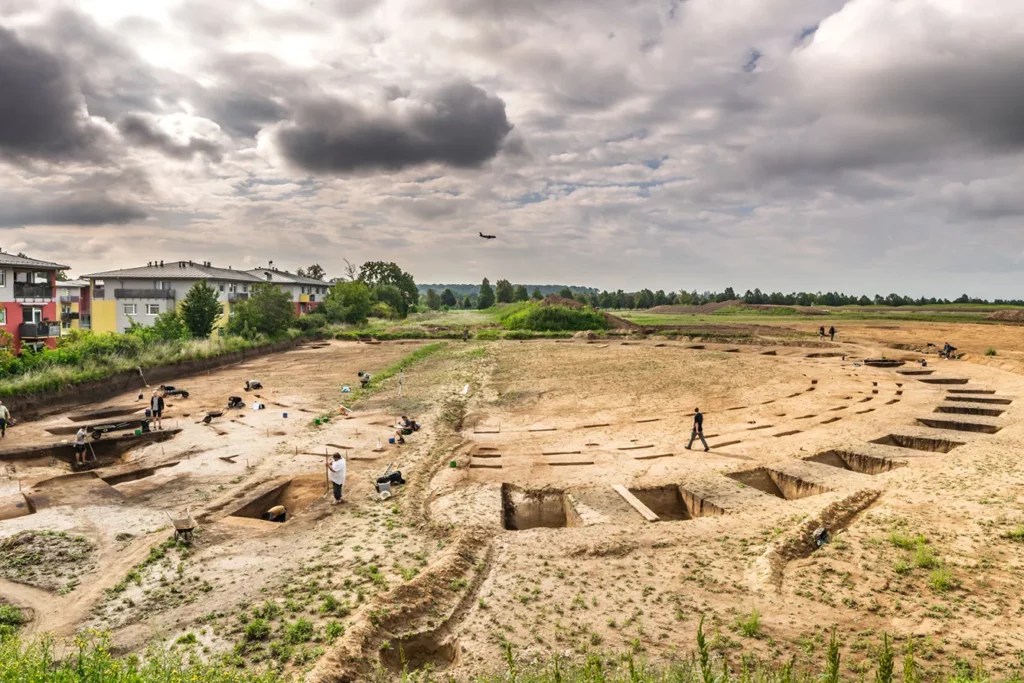
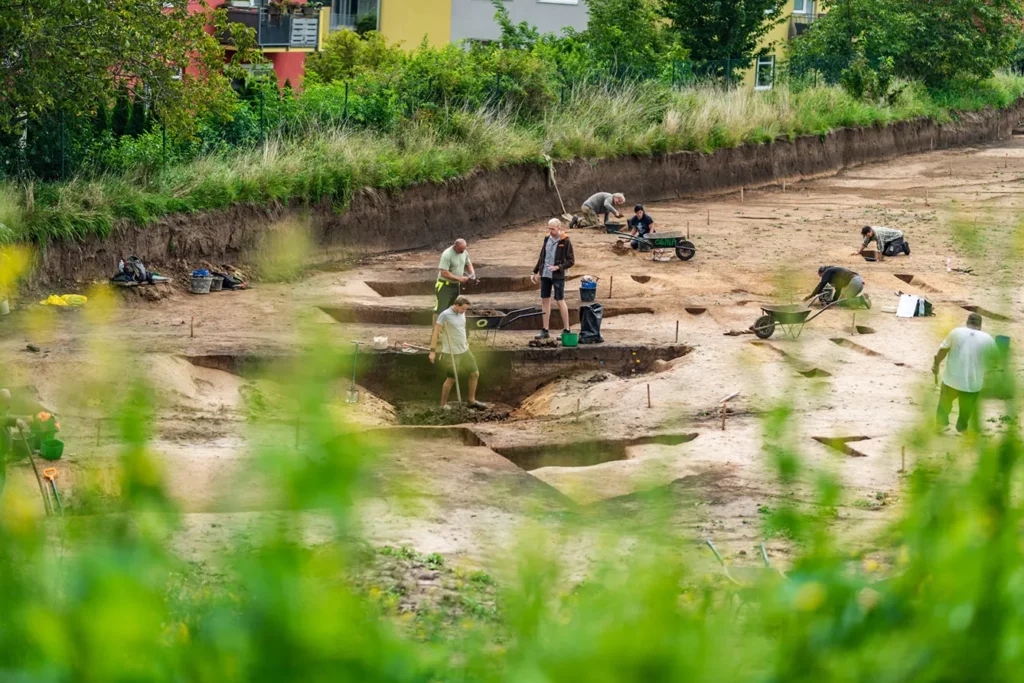
Other possible uses for the site were a marketplace or a sports arena. The objects found at the site include decorated pottery fragments, stone axes, and bone awls only reinforce this theory. It is these finds that point to the non-religious character of the whole building.
Scientists do know, however, that the Prague roundel is 55 meters in diameter and falls into the group of more narrow rondels with its three entrances (which further complicates the calendar and clock theory.)
The Prague roundel is thus not only older but also a bit larger than the British Stonehenge. The inner circle of the Prague roundel has a diameter of 55 meters, as mentioned above. The Stonehenge is 33 meters. The category where the English monument has the lead is the diameter of the outer ring: an impressive 110 meters.
What does the future hold for Vinoř Stonehenge?
The scale of the fieldwork is unique: archaeologists will gradually uncover the structure in almost its entirety. They systematically explore the entire area and continuously collect samples for dating and other natural history analyses.
But scientists know that the roundhouse is not the only monument in the area. They have discovered that there is also a prehistoric settlement within a few kilometers. These settlements must have been inhabited for at least 300-400 years.
They are documenting everything thoroughly and thinking about creating a virtual 3D model of the excavations and a reconstructed model of what the building and nearby settlement might have looked like 7,000 years ago.
Currently, the roundel is not open to the public, but it is possible to see it from a distance. Its future fate is still unknown. The larger part of the prehistoric monument will probably be conserved and covered again. However, a hiking trail will likely lead to the site, with information signs giving visitors a glimpse into the lives of our ancestors from 7,000 years ago.
Check out our article: Prague’s Astronomical Clock: One of the Oldest Still in Operation


